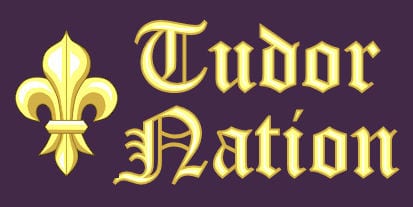Cardinal John Morton first rose to prominence during the reign of King Henry VI. When Edward IV took the throne from Henry VI, Morton was initially attainted. He soon gained a pardon by Edward IV he gained a pardon and his loyalty to the new Yorkist king gained him a string of appointments.
The accession of Richard III in 1483 saw him imprisoned, but he escaped and fled abroad where he worked to secure the success of Henry Tudor’s invasion and rose to become Henry VII’s chief minister and advisor.
Early Years
John Morton was born in Dorset around 1420. The identity of his parents is not known but they were able to afford an education for their son so they were likely fairly well off.
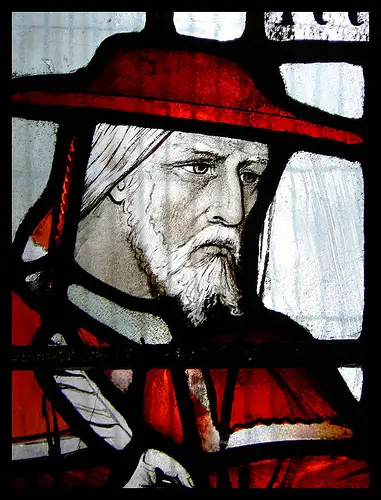
The young Morton began his education with the monks at Cerne Abbey in Dorset. He later attended Balliol College where he gained a degree in law.
Rise to Prominence
In 1448, Morton began working as a lawyer in London’s ecclesiastical courts. Two years later he was made subdeacon of Lincoln. In 1455 he was made Rector of Shellingford and Principal of Peckwater Inn, Oxford.
When the Wars of the Roses broke out in 1455, Morton supported King Henry VI and the Lancastrians. The King made him Chancellor to Edward Prince of Wales.
Morton’s administrative ability soon brought him to the notice of Thomas Bourchier, Archbishop of Canterbury and he began advising the Crown on legal matters. In 1459 he helped to draft the Bill of Attainder against Richard Duke of York.
Exile in France
On 29th March 1461, the Yorkists, led by Edward Earl of March, the son of the Duke of York, defeated the Lancastrians and Edward was proclaimed King Edward IV.
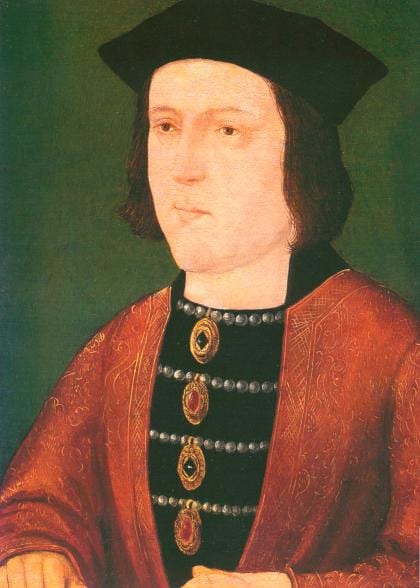
Morton was captured and imprisoned in the Tower of London. However, he managed to escape and fled to France where he joined the Lancastrians in exile.
Morton was made Keeper of the Privy Seal to Henry VI in exile and was influential in co-ordinating a move to retake the throne. John Morton took part in the negotiations that brought Richard Neville, Earl of Warwick and George Duke of Clarence to support the Lancastrians.
Their subsequent invasion in October 1470 was successful. Edward IV fled to Burgundy and Henry VI was restored to the throne.
John Morton and Edward IV
Henry VI’s restoration was short-lived, in March 1471, Edward IV returned to England at the head of an army. He defeated the Lancastrians at Tewekesbury and retook the throne. Henry VI was murdered in the Tower of London shortly after the battle.
Morton made peace with Edward IV and gained a royal pardon. It is very likely that Archbishop of Canterbury Thomas Bourchier played a role in this. A succession of appointments followed:
1471 – Master of Chancery
1472 – Master of the Rolls
1474 – Archdeacon of Winchester and Chester
1474 – Dean of the Court of Arches
1475 – Canon of Wells
1476 – Archdeacon of Berkshire
1477 – Archdeacon of Norfolk
1477 – Ambassador to the French court
1478 – Bishop of Ely
Second Exile
King Edward IV died unexpectedly in April 1483. Morton was named as one of the executors of the King’s will. Edward’s son, Edward succeeded to the throne but when it was revealed that King Edward IV had a precontract at the time of his marriage, Edward V was declared illegitimate and unfit to rule.
Edward’s brother, Richard Duke of Gloucester, took the throne as King Richard III. Morton, a staunch supporter of Edward IV and his family became an enemy of the King and was imprisoned in the Tower of London.
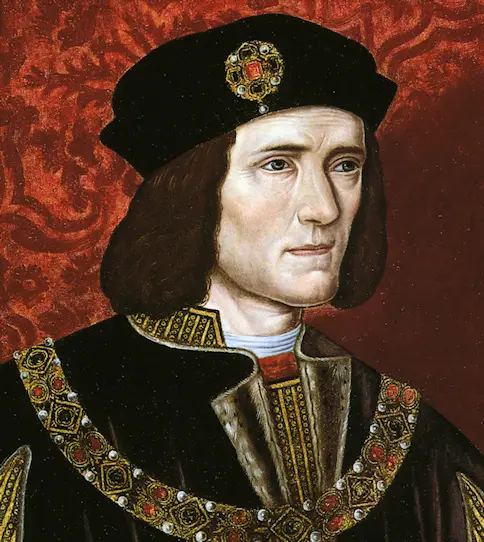
He was released to house arrest in the home of the Duke of Buckingham. Morton soon worked with the Duke to organise an uprising against Richard in favour of the Lancastrian heir to the throne, Henry Tudor. The rebellion failed and Buckingham was executed. Morton fled to exile in Flanders where he worked to advance the cause of Henry Tudor.
Chief Minister to Henry VII
Morton helped to co-ordinate Henry Tudor’s invasion in 1485 and success at the Battle of Bosworth Field saw Tudor proclaimed King Henry VII and the beginning of the Tudor dynasty.
On 6th October 1486, Morton was appointed Archbishop of Canterbury following the death of Thomas Bourchier. The following year he became Lord Chancellor.
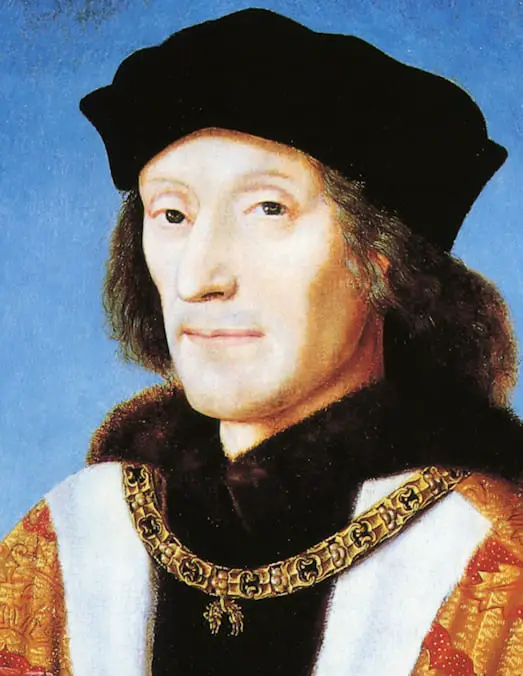
Morton was given the task of replenishing the treasury, empty following the prolonged Wars of the Roses. To do this he worked with Fox, Empson and Dudley to impose new taxes. This policy made him very unpopular with the people.
Later Years
As Archbishop of Canterbury, Morton was keen to ensure that religious houses were reformed and free from corruption. In 1489 he gained permission from the Pope to visit and reform the monasteries.
In 1493 John Morton was created a Cardinal by the Pope. Two years later he was named Chancellor of the University of Oxford.
John Morton died on 22nd August 1500 at Knole House, Kent. He was buried in Canterbury Cathedral.
Published Jan 24, 2022 @ 7:27 pm – Updated – Dec 09 2024
Harvard Reference for this page:
Heather Y Wheeler. (2022 – 2025). Cardinal John Morton 1420 – 1500 Available: https://www.tudornation.com/cardinal-john-morton-1420-1500 Last accessed June 18th, 2025
